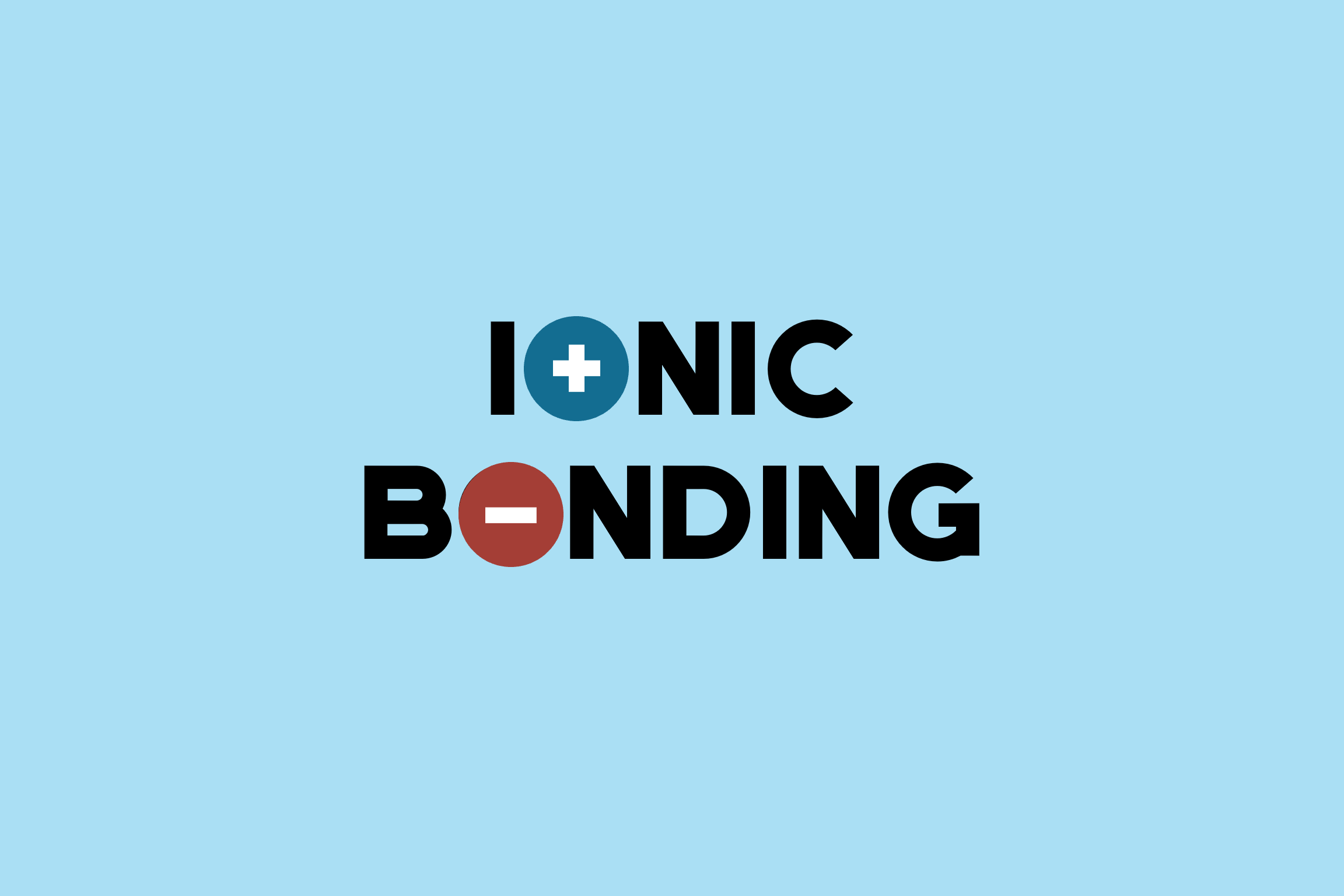1. Not all compounds have ions
Cation and anion are the exclusive stuff of ionic compounds.
On the other hand, molecules held together by covalent bonds do not have ions. Instead, they simply contain atoms intertwined by the sharing of electrons.
Therefore, it would not make sense to ask for the ions found in carbon dioxide. A carbon dioxide molecule only has atoms!
2. Ionic compounds comprise a metallic and non-metallic element
| ionic compound | metallic element | non-metallic element |
|---|---|---|
| sodium chloride | sodium | chlorine |
| magnesium chloride | magnesium | chlorine |
| potassium iodide | potassium | iodine |
To find the cation and anion in a compound, we have to first ask if the compound is ionic.
Most ionic compounds are made up of two elements: a metal and a non-metal.

For example, the iconic ionic compound is sodium chloride, comprising sodium as the metal and chlorine as the non-metal.
3. The cation is the metallic component

Atoms of metallic elements tend to lose their valence electrons. As they lose negatively-charged electrons, the atoms become positively charged ions, which we call cations.
4. The anion is the non-metallic component

Conversely, the non-metallic partner in an ionic compound is the anion.
Atoms of non-metallic elements are a sucker for electrons. They get hold of electrons to complete their valence shell. As they gain electrons, they gain negative charges to become anions.
5. Big brain time: confusing ionic compounds with many elements
Sodium chloride is pretty neat, with just two elements.
However, there are also ionic compounds comprising more than two elements. An iconic example is sodium hydroxide that contains sodium, oxygen, and hydrogen. Its chemical formula is NaOH.

These ionic compounds have special ions that consist of multiple atoms joined together. For example, the hydroxide anion in sodium hydroxide comprises hydrogen and oxygen atoms, unlike the oxide anion which comprises a single atom.
We call ions comprising multiple atoms polyatomic ions.
6. Common ionic compounds with polyatomic ions
| ionic compound | polyatomic cation | non-metallic anion |
|---|---|---|
| ammonium chloride | ammonium, NH4+ | chloride, Cl– |
Some polyatomic ions are positively charged, like ammonium cations that are found in fertilisers.
| ionic compound | metallic cation | polyatomic anion |
|---|---|---|
| sodium hydroxide | sodium, Na+ | hydroxide, OH– |
| calcium hydroxide | calcium, Ca2+ | hydroxide, OH– |
| calcium carbonate | calcium, Ca2+ | carbonate, CO32- |
| potassium nitrate | potassium, K+ | nitrate, NO3– |
| copper(II) sulfate | copper, Cu2+ | sulfate, SO42- |
Other polyatomic ions are negatively charged. Among them, hydroxide and nitrate have a charge of -1, whereas carbonate and sulfate have a charge of -2.



